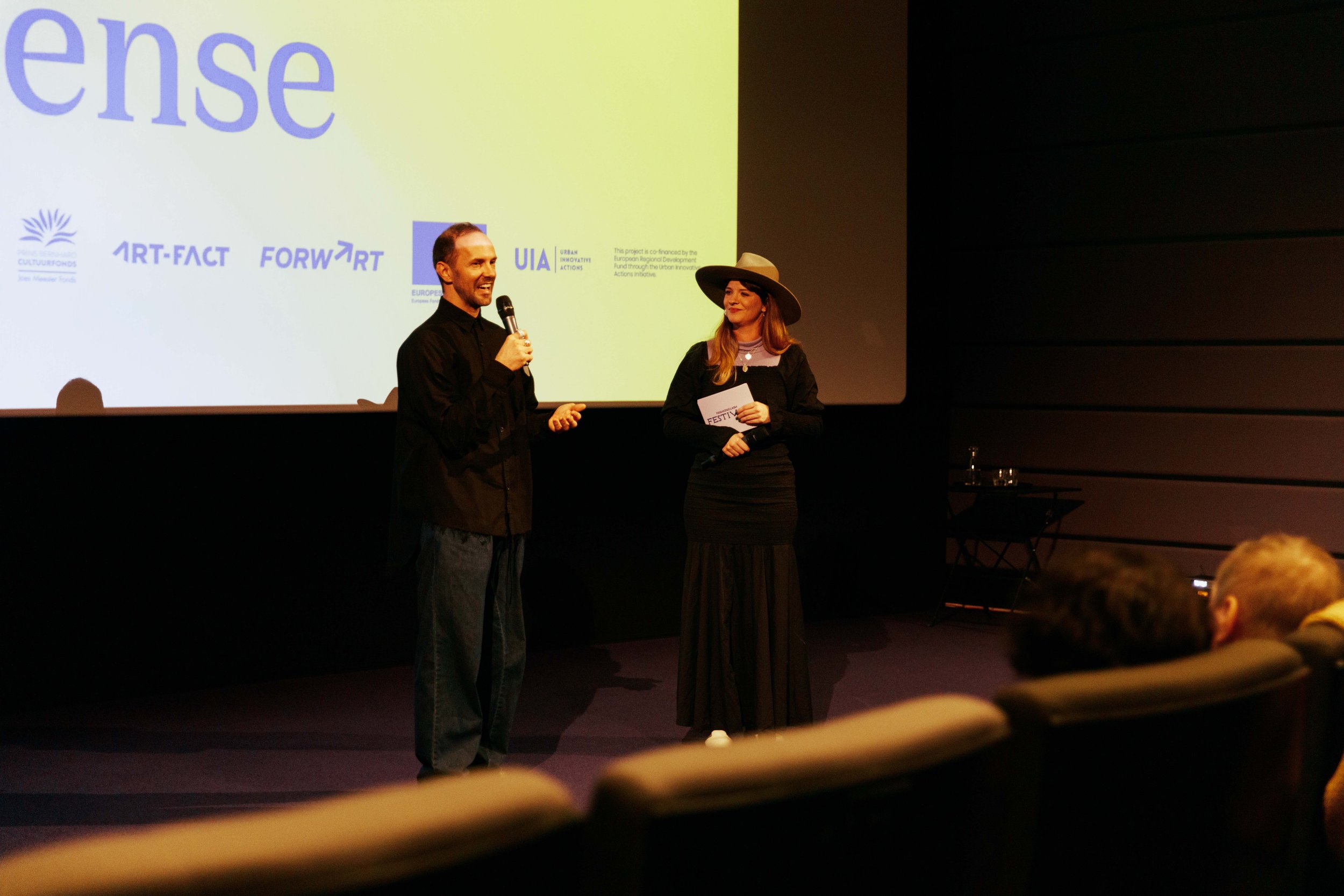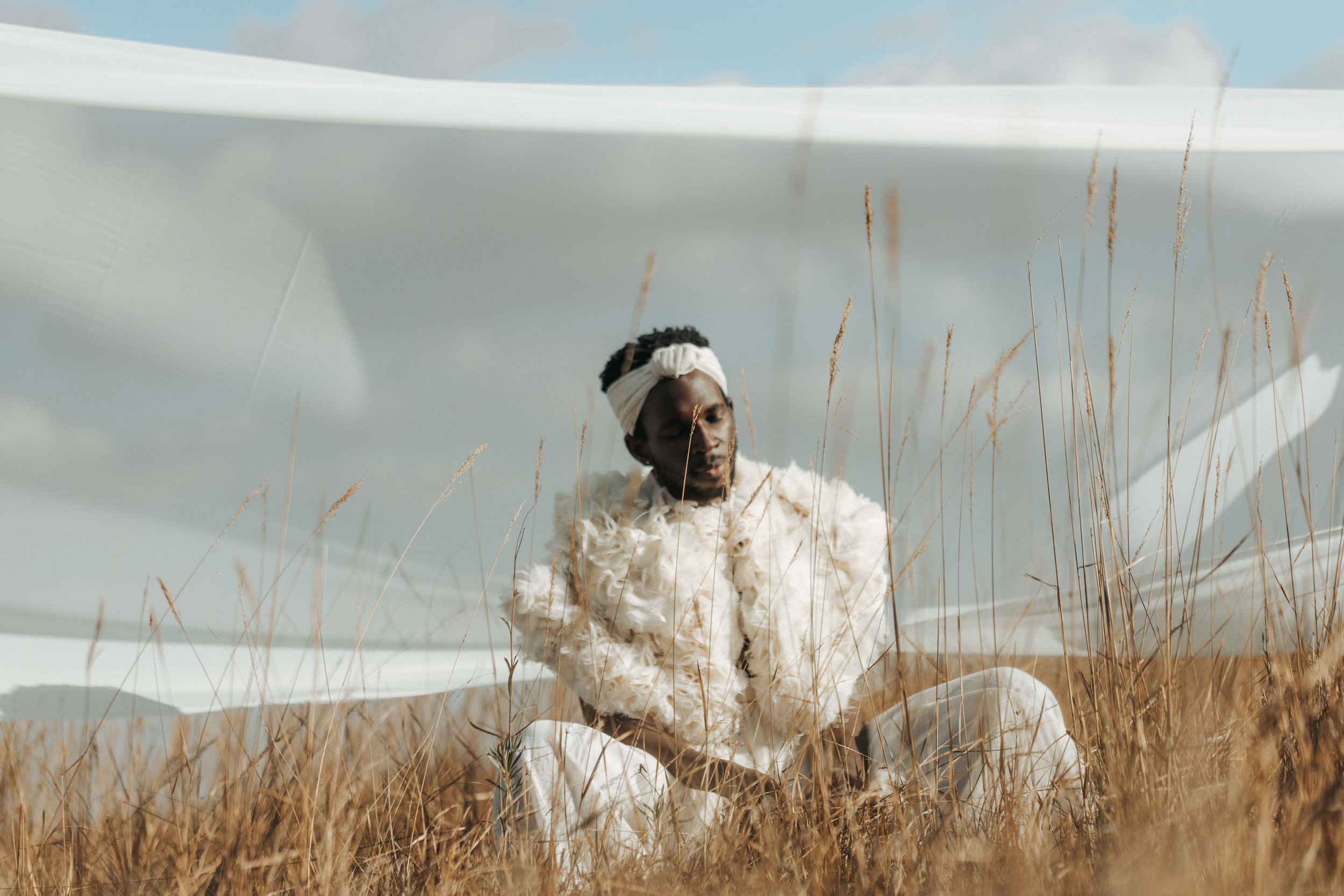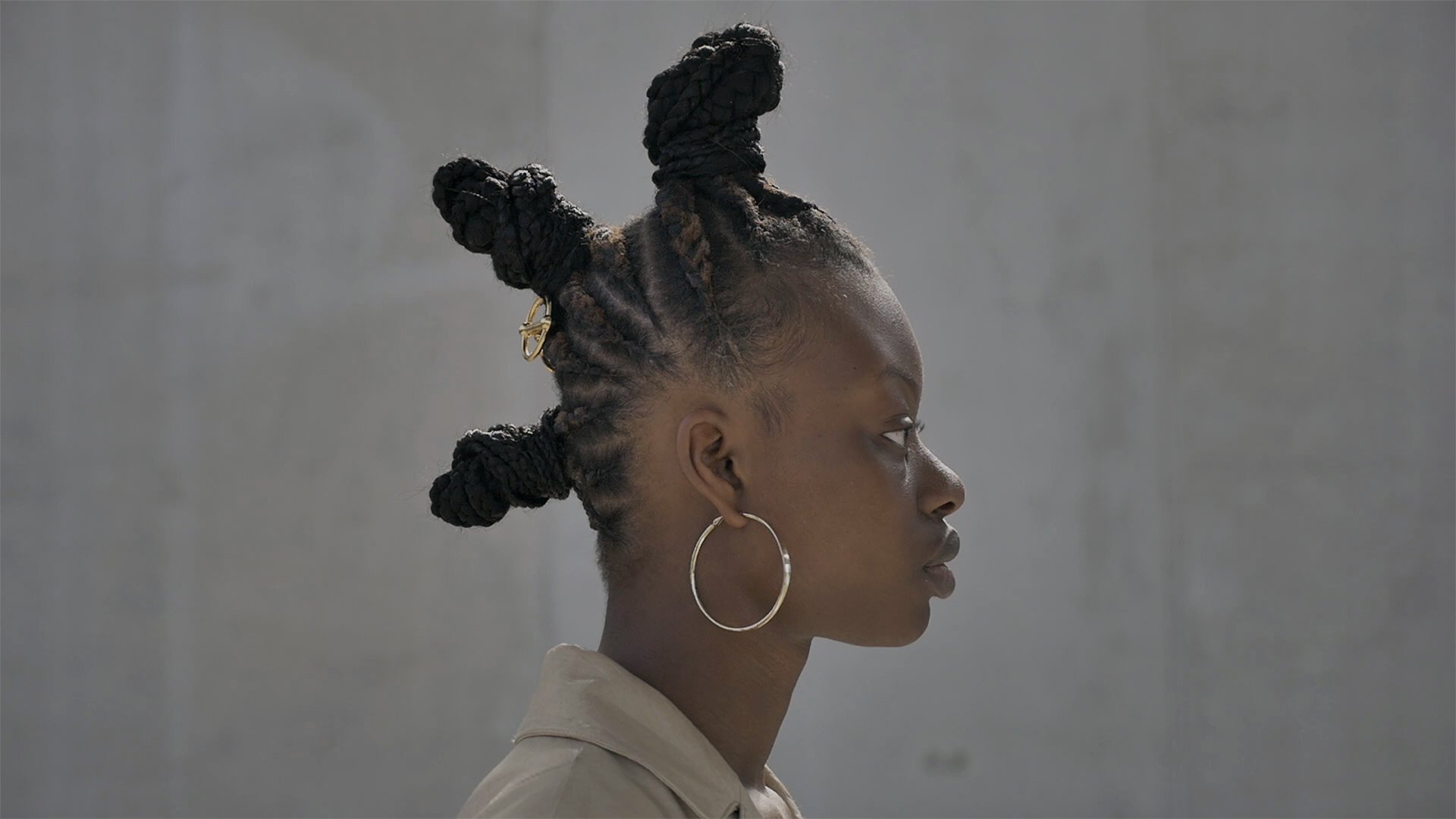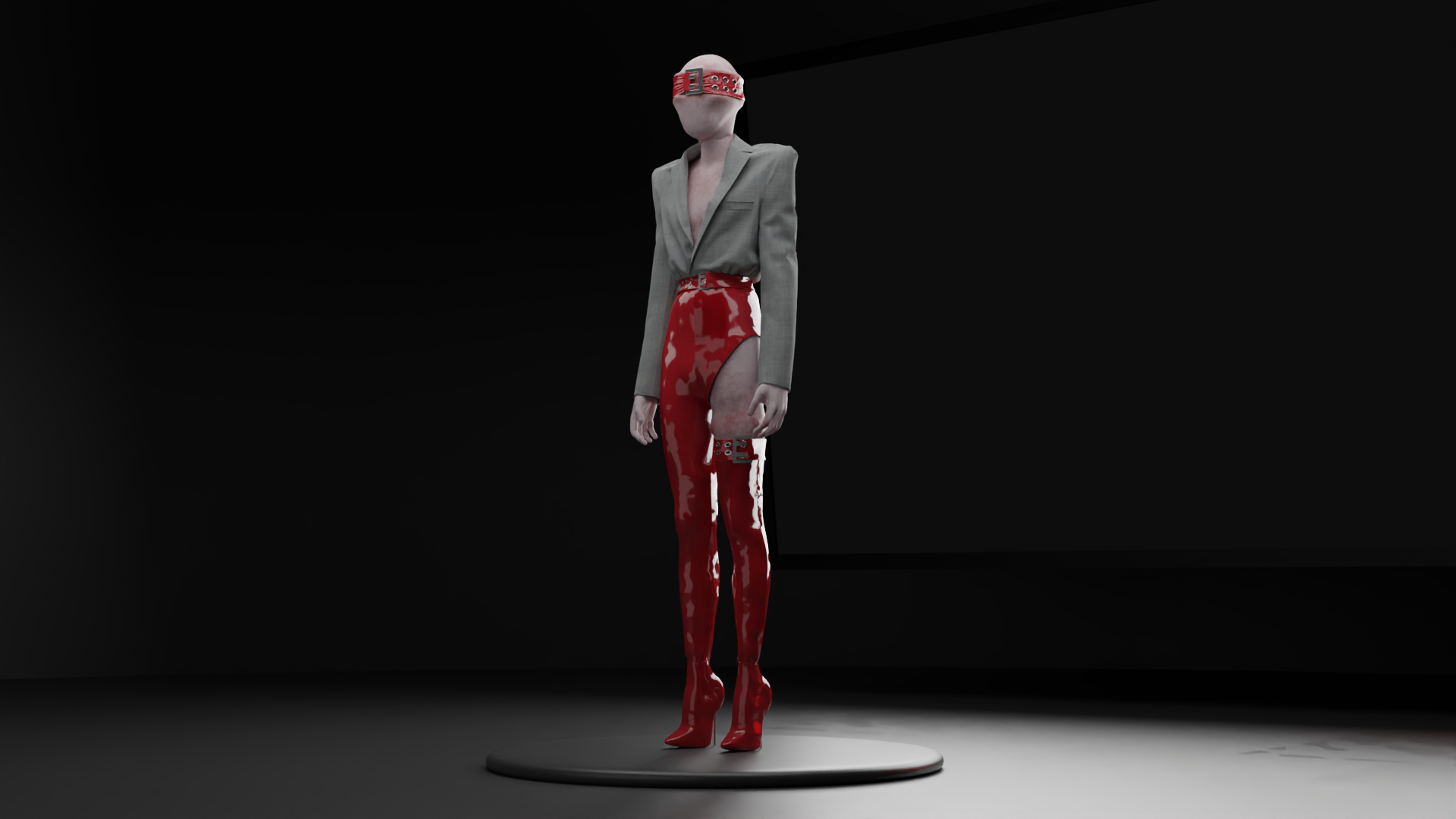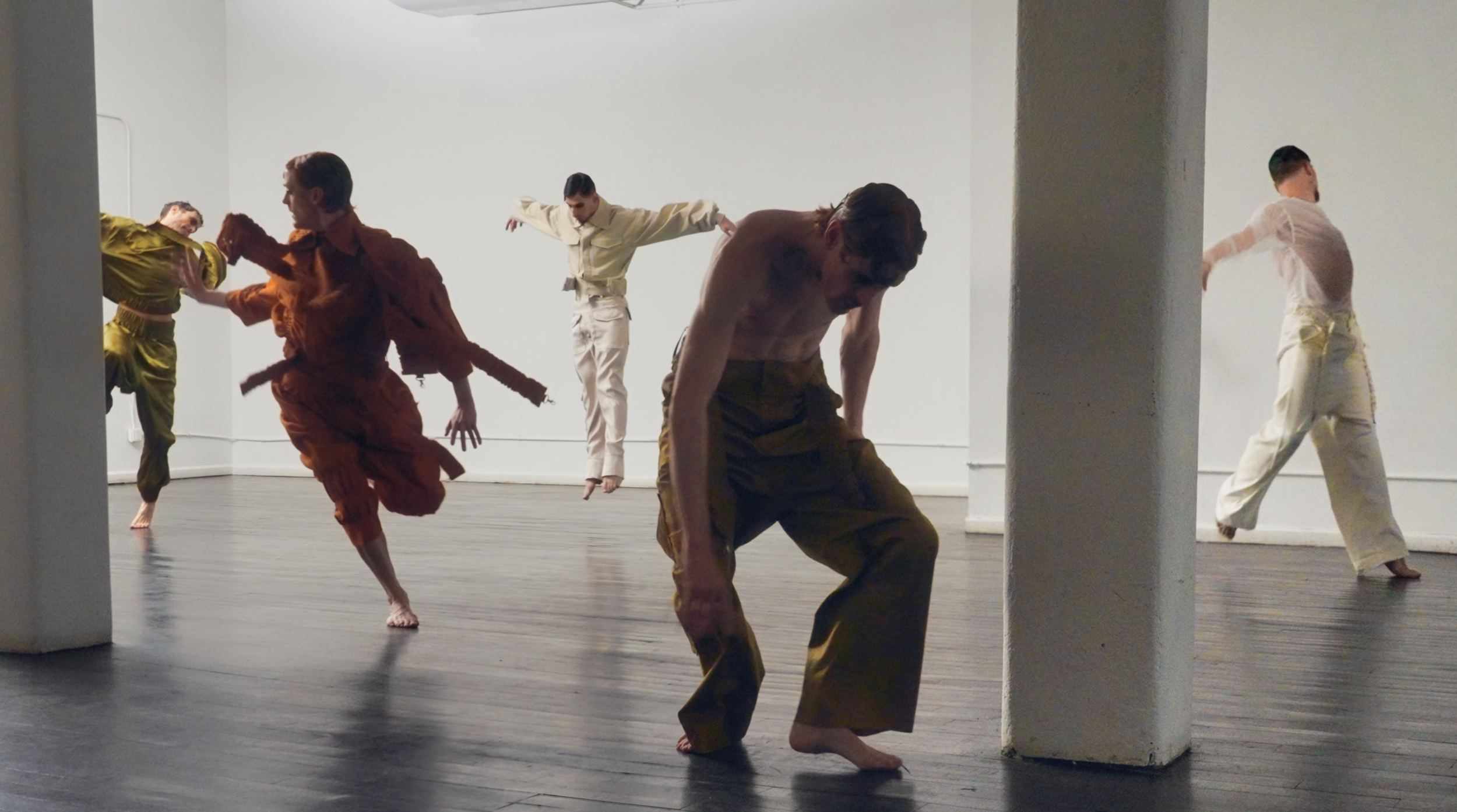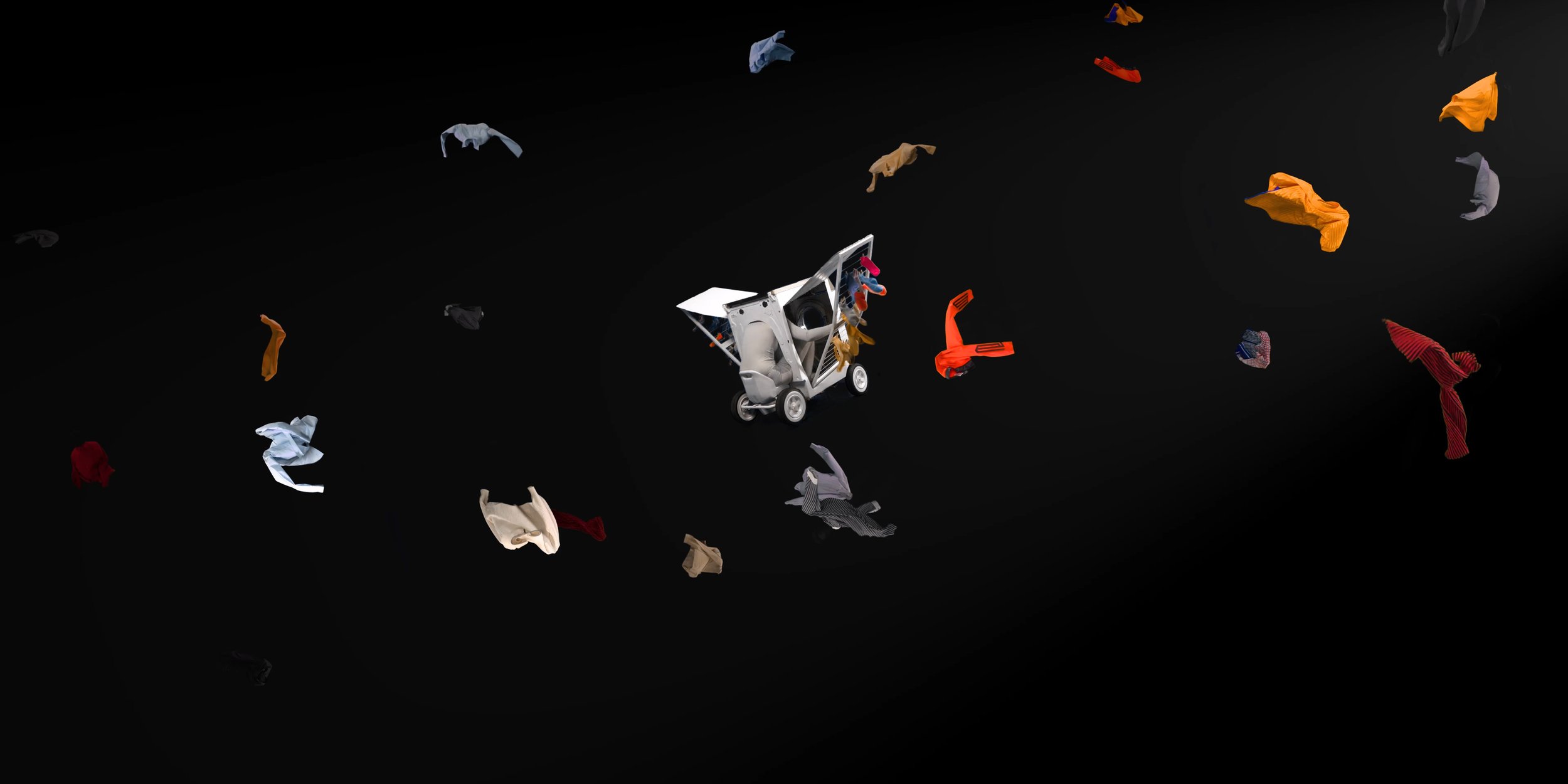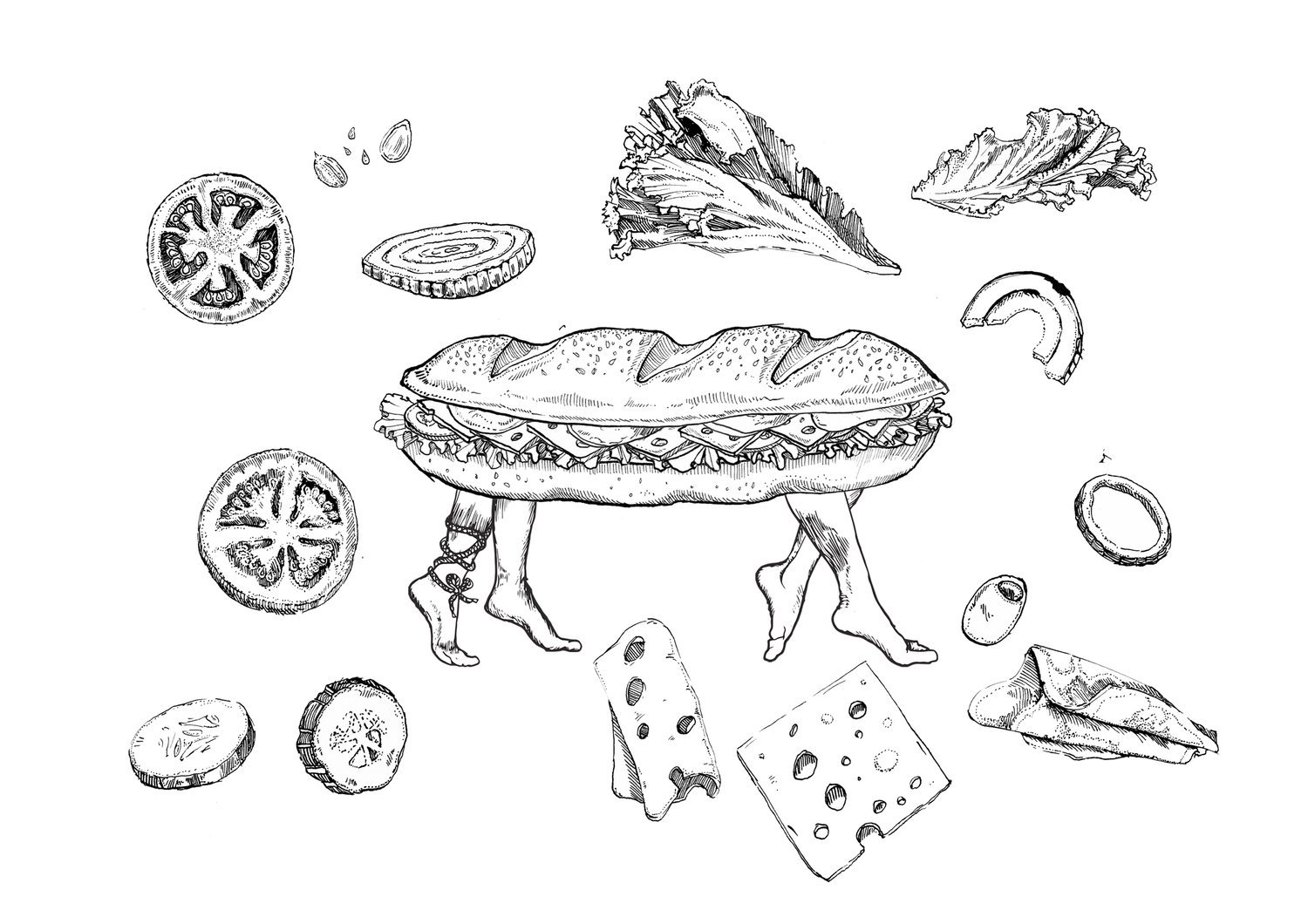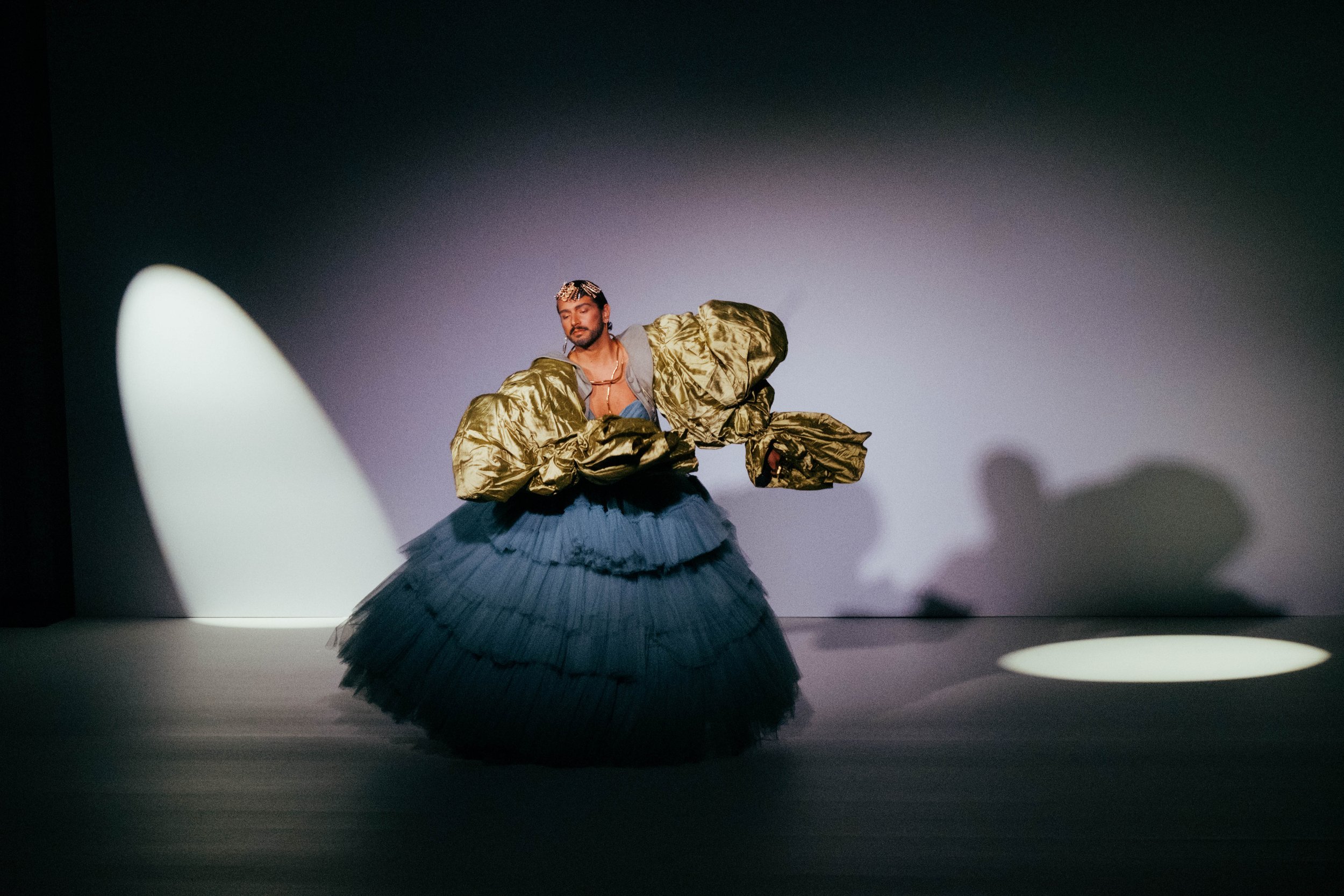Fashionclash 2022
In conversation with Branko Popovic
Artistic co-director at Fashionclash and Curation Hour network member
Only a few weeks ago we had the pleasure of attending the 14th edition of Fashionclash. The Maastricht-based organisation stands as an interdisciplinary showcase and development platform for fashion and fashion culture, with the clear mission to support emerging fashion makers. What we are particularly fond is how Fashionclash pays a great deal of attention to projects that combine different art forms, such as theatre, sound, design, fashion and of course, cinema. We were honoured to form part of this year’s jury for their fashion film awards, along with A Shaded View on Fashion Film’s founder Diane Pernet.
Today we sit down with Fashionclash’s founder and Curation Hour network member Branko Popovic to ask him a few questions about his curatorial approach, how video content is evolving and what he is planning next.
Winner of Best Fashion Film & Video Awards at Fashionclash 2022
Fashionclash stands at a crossroad between several art forms, all driven by the need to express creativity in fashion. Fashion film has been an important element across the 14 years of Fashionclash, however in the latest editions it seems to be taking up more space. Would you agree? And what role does fashion film play within Fashionclash’s concept?
Indeed, we have always explored how to present fashion in the broadest sense of the word. Taking into account the visual expression of the narratives around fashion, film is the perfect medium. Not only to curate and present but also for us to work with. Over the years we have produced several fashion films because we see it as a great platform to support designers and stimulate to research and experiment with visualisation of their stories through moving image.
This edition, we chose to put film on front and to placed it in the opening program because we wanted to put spotlight on it. Still, it is often seen as a side program, but seeing so many beautiful film projects over the last years we wanted to acknowledge the medium. In addition, we have also presented Moving Portraits, a participation project where professionals and non-professionals worked together with fashion and film medium.
If we were to compare the selection of fashion films showcased at Fashionclash with other fashion film festivals, we would say that the focus is more on experimental rather than commercial or narrative driven pieces. What are the main criteria for selection and what do you look for in a fashion film?
Majority of projects we have received in the open call was by a new generation of designers and filmmakers, which makes the overall more experimental. But in the final selection innovation and experimentation is definitely one of the criteria. We take the same approach in the selection for all the projects. Next to innovation we look at the story behind and emphasis on the ethical and sustainable narratives.
“We try not only to showcase but also produce and support creation. Each year we try to develop one or two films and through these commissions offer coaching and support talent development. ”
How would you say fashion film has evolved? And is there a correlation at all between the themes explored in the projects, collections and installations presented to you yearly and the fashion films you receive?
When I look back, the medium has evolved a lot. For example, there are more and more strong student projects and since Covid-19 we see fashion film as a way how fashion graduates are presenting their projects instead of a fashion show. We have not limited the selection only to narrative films, there are also some designers who have presented their collection through film, like Jing Qian or Clara Son who added dance performance.
In addition, there is a rise of digital fashion and this results in some exciting digital fashion film projects. In our selection we try to broaden this up. Saskia Roturier is a good example, she graduated at Amfi with a digital collection and her project is presented in a short digital film.
This year we also had animation, such as Anna Melegh’s project. Hopefully, we will see more animation in the future. Another interesting project is Lawines by Puntjudith, a music video that is a great collaborative project involving fashion. Again this shows, how new generation of makers is exploring cross-disciplinarity, and this is exactly what we want to support.
Among other things, Fashionclash is also a place where film directors, designers and creatives can meet, collaborate and find the necessary funding and opportunities to create new pieces. How does Fashionclah facilitate this process? And what opportunities do you offer, also in terms of funding, network and visibility, to those looking to create new work?
We try not only to showcase but also produce and support creation. Each year we try to develop one or two films and through these commissions offer coaching and support talent development. Last year we created a film with young people Off the Top of my Hat with young people in Tilburg Noord. Also, the kids were the actors. In this project, all the kids were for the first time in their live part of such project. This is so enriching for everyone involved. The result is beautiful, and now selected for ASVOFF, Aesthetica Short Film Festival and Amsterdam Fashion Film Festival. Why we support fashion film is also because the medium is sustainable. It can be shown multiple times, at different places in the world.
What is next for Fashionclash?
We will continue in the similar way, keep on developing projects, exploring ways how fashion is created and presented. Our social design and participation projects will continue as well, with which we try to be inclusive from bottom-up; include artists and designer in the process.
Branko Popovic is part of the Curation Hour network member. See who else is part of it here.
